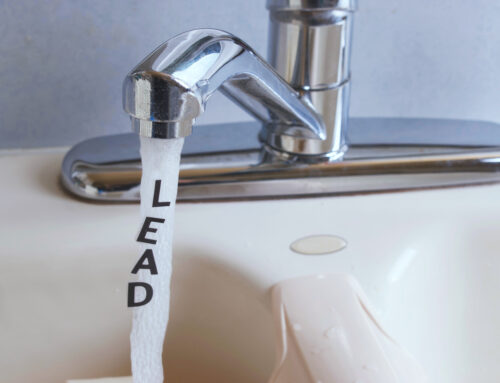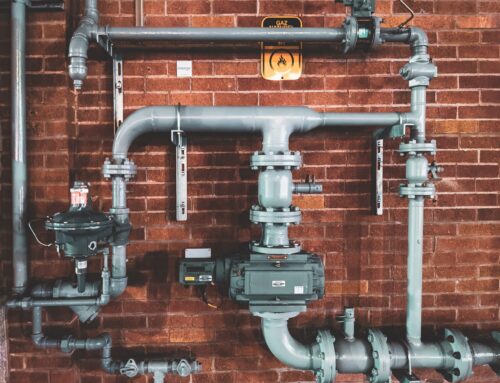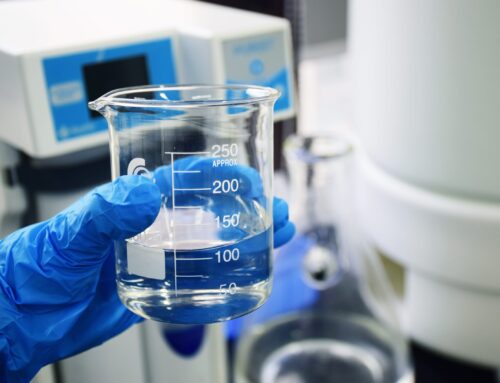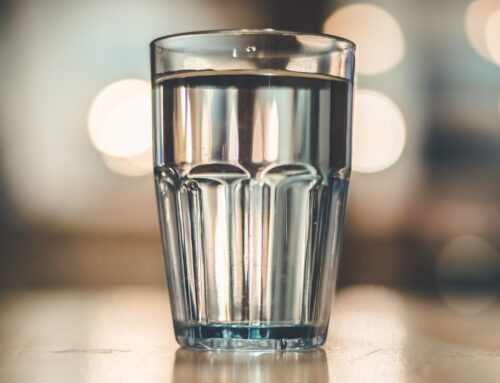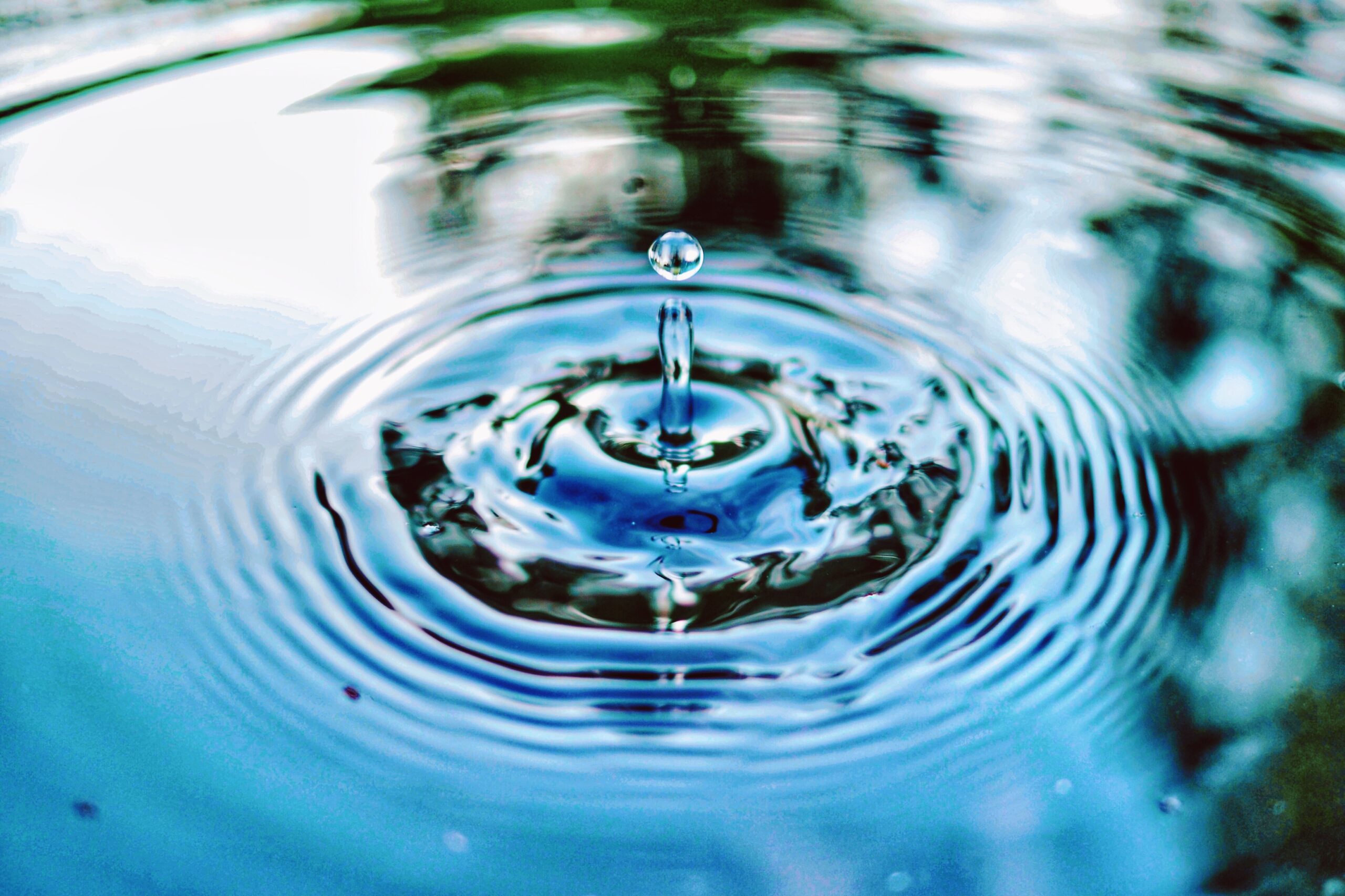
With today being the “right time to buy a home”, I’ve been running into more families moving to new communities finding that the water in the new home is not what they were once used to. Whether moving into a city or rural town, there can be significant changes in the water.
The main difference between water supplied by the city and water supplied to a home from its own individual supply is city water is regulated by the government and private wells are left to the homeowner.
Brief Overview
City Water, also known as a Municipal Water Supply, typically comes from either deep wells or surface water supplies such as the Mississippi River for Minneapolis, MN. This water is pumped from its source and pre-treated prior to sending the water out to residents. The pre-treatment requirements will vary greatly from geographical regions and even neighboring cities. Nearly all pre-treatment consists of sediment filtration of particulates and additionally iron or manganese filtration to further improve water quality.
City Water is further improved based on water testing regulations required by the Environmental Protection Agency (EPA). These tests are public information and can be obtained by contacting your local city government office. When contaminants are found in concentrations higher than the allowable levels determined by the EPA, such as the industrial byproducts Per fluorinated chemicals (PFCs) that were found in the drinking water for Oakdale, MN, water will be further treated as the City of Oakdale did by building a carbon filtration plant in 2006. City Water is also commonly disinfected by use of chlorine or chloramines to deliver the water free of bacteria or virus to the home. Once the water arrives to the home it is up to the homeowner to further improve water quality such as whole house filters, de-chlorination, water softener or drinking water filtration.
Well Water, also known as Private Water Supplies, come from a well drilled on the Homeowner’s Property. This water is pumped from an aquifer anywhere from 40-400 feet below the surface directly into the home. At the time the well is constructed, the driller submits a water sample to be tested for potability which typically consists of bacteria, lead and nitrate. In Minnesota, a recent requirement for Arsenic testing has been added. From this time on, it is up to the homeowner to address further water treatment requirements such as sediment, iron filtration, water softening, odor reduction, or drinking water filtration. Periodic testing of the water supply should be done as the water quality can change.
What Should I Look For?
Safe Water
If you are in a home with a city water supply, request a copy of the annual water quality report. We all would like to assume that the water can be 100% safe to drink if it is coming from a city. There are however, two things that I recommend considering:
- The President’s Anti-Cancer panel recommended on May 17th, 2010 that all homes utilize a home filtration system to decrease exposure to carcinogens. View President’s Anti-Cancel Panel Filtered Water Press Release
- According the EPA (Environmental Protection Agency), their MCL (Maximum Contaminant Levels) are determined by the effects of a contaminant on our health and by technologies available for treatment. Individual cities have the option to provide stricter regulations on certain contaminants, such as the MCL for Arsenic in New Jersey is 5ppm and in Minnesota is 10 ppm.
Quality Water
By quality water, I’m referring to water that will not stain or decrease the lifespan of appliances in your home. Whether you are on city water or well water, chances are at a minimum you have hard water. Hard water is water that is rich in calcium and magnesium which can be “hard” on appliances. If you are noticing stains, corrosion, sediment or odors you may want to consider consulting a local water treatment professional for assistance.

